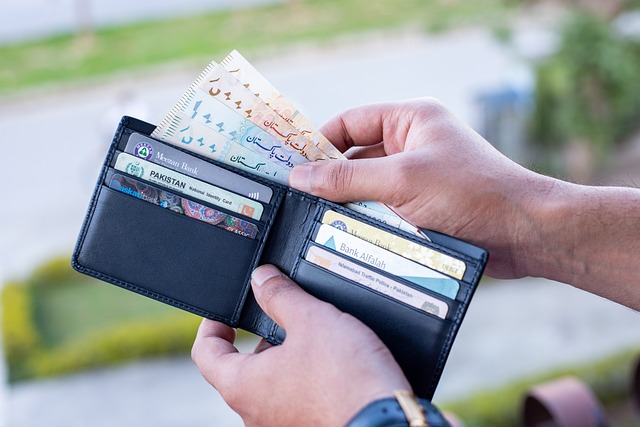As photography enthusiasts, we are always on a quest to capture the perfect shot. Whether it’s the vibrant hues of a sunset or the intricate details of a flower, our cameras become our trusted allies. But how well do we understand the information embedded in our photographs? Enter EXIF data—an invaluable tool that can significantly enhance our photographic experience.
What is EXIF?
EXIF, or Exchangeable Image File Format, is a metadata format that contains essential information about your photographs. When you snap a picture, your camera records a wealth of details: shutter speed, aperture, ISO settings, exposure time, and even lens details. All these elements are vital for analyzing and optimizing your photography.
Understanding Your Camera’s Settings
For a lens enthusiast, it’s crucial to familiarize yourself with the technical settings that your camera captures in the EXIF data. Take, for instance, the aperture value. A lower f-stop number means a wider aperture, allowing more light to hit the sensor and producing a shallower depth of field. This is perfect for portraits where you want a blurred background. Reviewing the EXIF data can help you determine what settings worked best for different scenarios, refining your technique in future shoots.
Optimizing Your Workflow
By examining the EXIF information of your shots, you can optimize your workflow. Have you ever wondered why some images come out sharper than others? By dissecting the details such as lens focal length and shutter speed, photographers can identify patterns that lead to sharper images. If you notice that your best shots were taken at a particular ISO level or shutter speed, you can replicate those settings in similar lighting conditions, increasing your chances of nailing that perfect photo every time.
More Than Just Technical Data
While the technical aspects of EXIF data are fascinating, it also tells the story behind your photography. The date and time stamps can evoke memories attached to specific moments. Looking back at an image from a family vacation can transport you back to that sunset evening where laughter filled the air. The GPS coordinates embedded in the EXIF data can even inspire future travel, letting you revisit those scenic photography spots that caught your eye.
Empowering Post-Processing
In the world of photography, post-processing is where the magic happens. Understanding the EXIF data can empower you to make informed edits on software like Adobe Lightroom or Photoshop. For instance, knowing the original exposure can help you efficiently adjust your images without sacrificing quality. Careful adjustments based on the insights gathered from EXIF data can transform a good photo into a breathtaking masterpiece.
Sharing and Learning
In today’s digital age, sharing our photography has never been easier. Platforms like Instagram and Flickr enable us to showcase our work, but taking advantage of EXIF data while sharing can attract a more engaged audience. Including certain details like aperture and exposure time in your posts not only educates your followers but also fosters a community of learners. As fellow lens enthusiasts dissect your images, they can gain insights that encourage conversation and growth.
As you continue on your photographic journey, remember that EXIF data is a powerful ally. Whether you’re capturing the mesmerizing details of a landscape or the candid laughter of friends, understanding this data can unlock your potential and deepen your connection to each shot.



